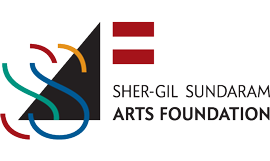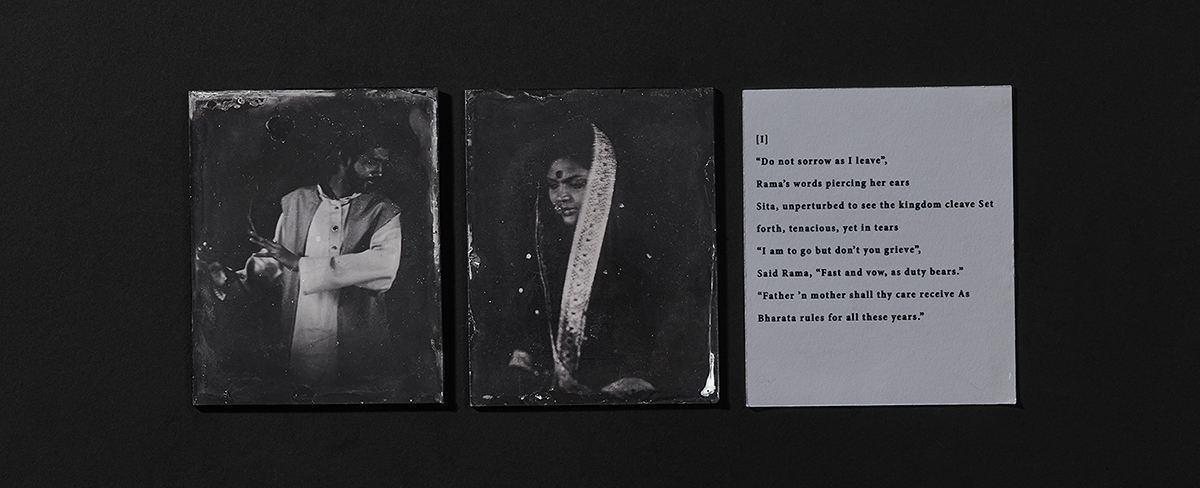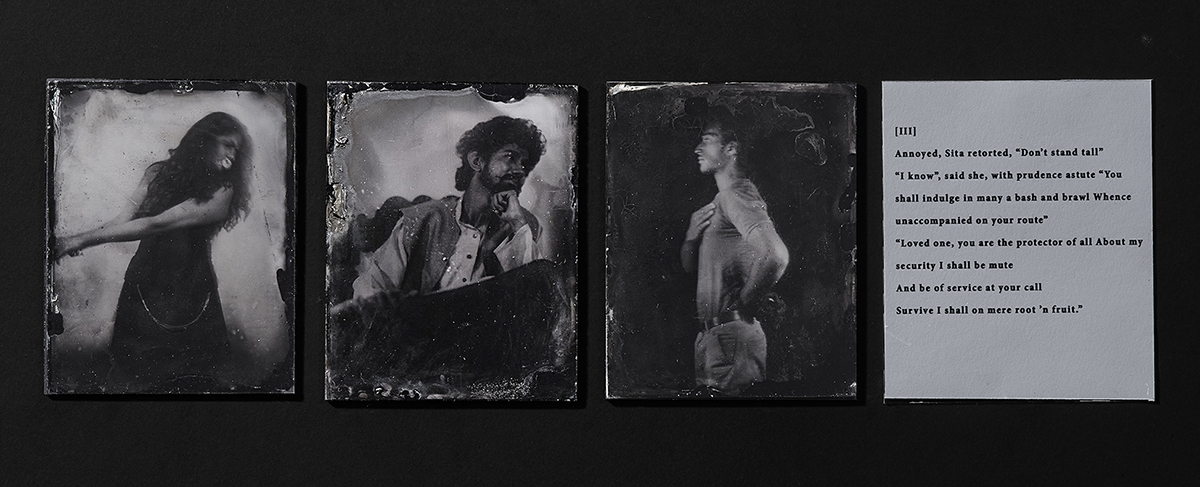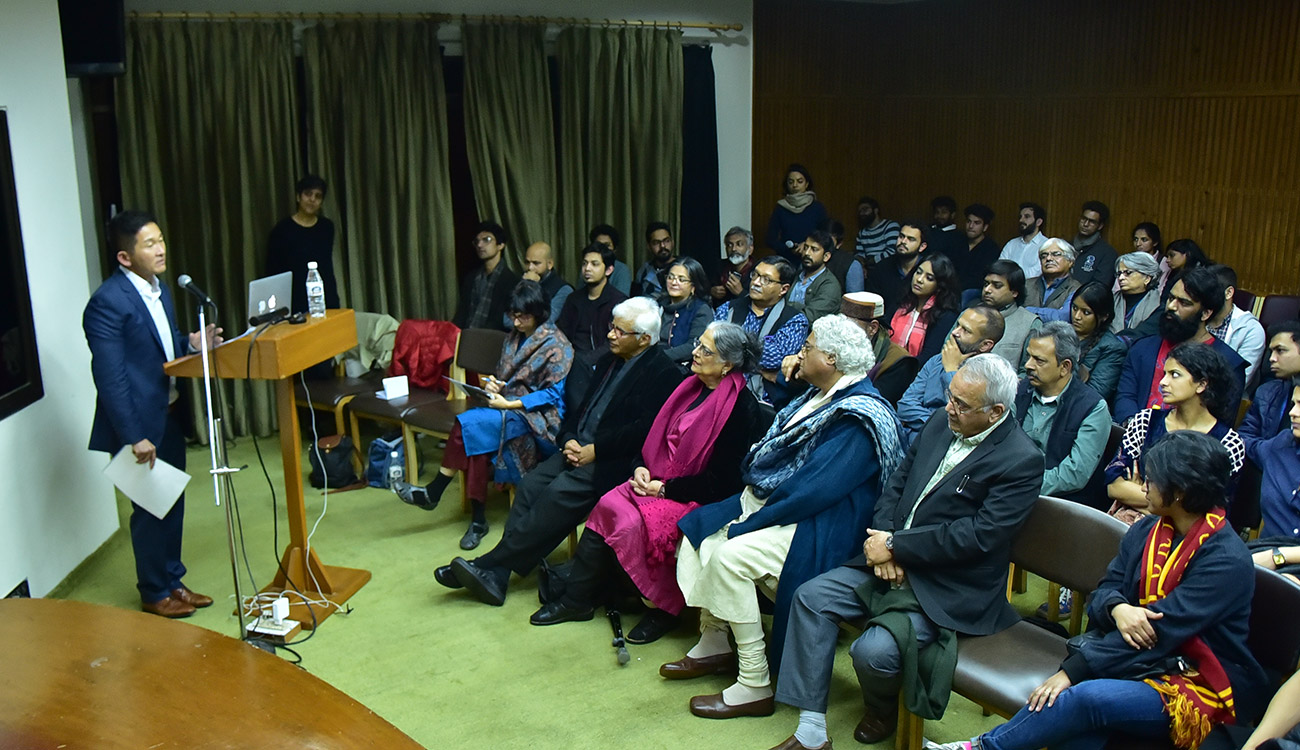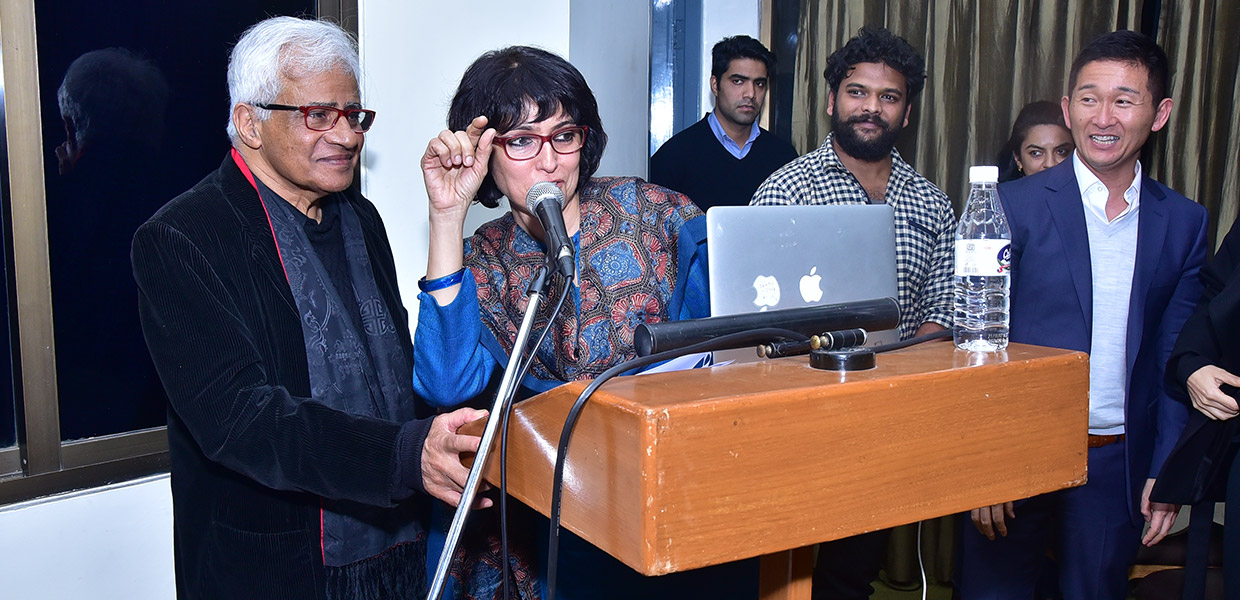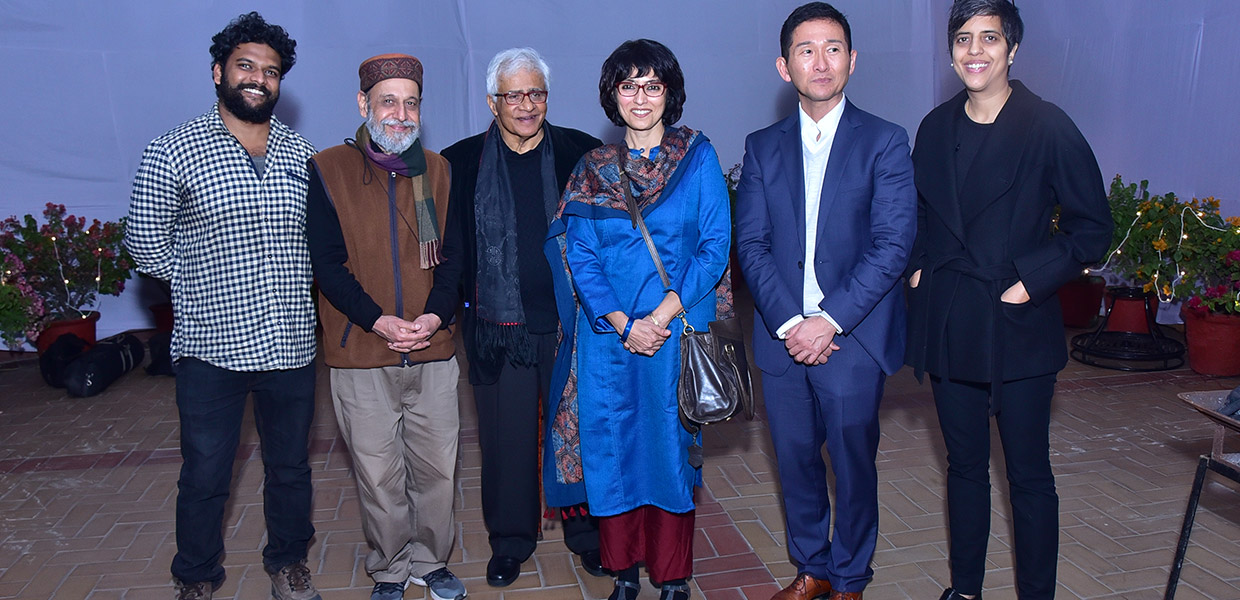Grant Recipient
ASHISH SAHOO
Title of the Project
NARRATIVES-FLUX
Artist Statement
For centuries, the Indian subcontinent has hosted a rich oral and visual tradition – from the Bhats and Charans reciting the lores and lessons of the Ramayana to the grace and groove of folk dances and performance. My projects revolve around the retelling of mythological narratives from a contemporary perspective, where I consciously choose to work with ambrotypes and silver gelatin prints. By making this choice, I not only revisit the socio-cultural past, but also bridge the past with the present. In this project, I have been collaborating with two groups – theatre actors for the ambrotype plates, and Chhau dancers for the silver gelatin prints.
A unique medley of these traditions comes in the form of the Purulia Chhau dance, where the rhythmic movements depict an intricate narrative of Ramayana. Chhau, an abstraction of the Sanskrit root-term chhaya (shadow, masked) or chhadm (disguise), is an elaborative dance form of West Bengal, performed with stylistic differences in Odisha and Jharkhand as well.
Keeping the egalitarian spirit of social harmony, Chhau dance performances are witnessed by people from various socio-economic strata, with each social collective being enriched by what they experience rather than what they merely see. Though Chhau is traditionally an all-male performance, my art project takes into account the nuances of characters, and includes both male and female performers of the roles of Rama, Lakshmana, Sita and Ravana.
Much like the oral traditions of the Ramayana which took on local flavours and nuances of the tellers, my project is also planned as a series of 25 glass plates in an open-for-interpretation narrative. These glass plates are intended to reframe many narratives while commenting upon existing notions. The narrative or the myth of the Ramayana was historically disseminated primarily through oral traditions and secondarily through performative acts. Socially all these performative acts, in the form of street or stage plays, have been an integral part of our cultural milieu. The performer in such acts, whether in real or reel space, has the power and potential to transform the identity of a familiar character. Along with the different existing documented narratives of the Ramayana, this physical transformation while acting also plays an important role as does the dialogue; such varied gesticulations are thus framed in the process. The bare bones of the epic lie upon the countenance, wherein the viewer, i.e. you, are free to weave in the tapestry in rich detail as you desire and comprehend. The performers create an expressionist skeleton through pose and masks, which enable the viewers to further enrich the story through their interpretations.
My project focuses on an early eighteenth-century photography process called ambrotype as well as silver gelatin prints. Ambrotype is made through a wet-plate process where the image is captured on glass. These pictures are taken on a large format camera where you first have to coat a glass piece of specific size with a photographic collodion solution and then put it inside a silver nitrate bath to sensitize it. Thereafter, you take the picture on it by loading it with the camera through a plate holder. My love for this process has also transcended into film photography, where I seek reiterative control to provide well-crafted and unique visual perspectives rather than static frames. The idea is not to simply have an Archimedean spiral for your eye but rather hold your hand, dear viewer, and commence a storytelling that is both epic in its scale and personal in its relevance.
Thus, the project encompasses a nationally and continentally told narrative in a tribal performative context for the pleasure of a personal as well as cultural diaspora, where, be it by pose or by prose, you relive the story within yourself.
I have already collaborated with some theatre actors and dancers with whom I had taken some test shots and started the first part of the project. The process involved in this project needs a lot of time and money as I will be shooting glass plates, which require financial expenditure to produce the ambrotypes as well as the silver gelatin prints in a dark room. This project is divided into two parts: in the first part I will be making ambrotypes, and in the second part I will be making silver gelatin prints. Since I have started shooting for both the processes, to complete this process, I need help through this grant.
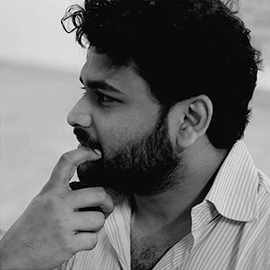
Born in 1989 in Odisha, India, Ashish Sahoo studied sculpture at Kala Bhavan, Visva-Bharati University, Santiniketan, West Bengal. After completing his BFA he moved to New Delhi for his MFA at the College of Art, where he started experimenting with different materials, from video to sound. His works are mostly interactive as he likes his viewers to be constant participants.
Since he came from a filmmaker’s family, he was well acquainted with both moving and still images. He started his photographic career soon after his MFA. He rejected the digital medium and started research on the analogue medium. He researched one of the mid-eighteenth-century processes of photography called wet plate collodion. He shoots only film and alternate process.
His recent projects have attempted a crossover between photography, art and collaboration, with a strong contextual reference to the contemporary urban narrative and the politics surrounding it.
Jury
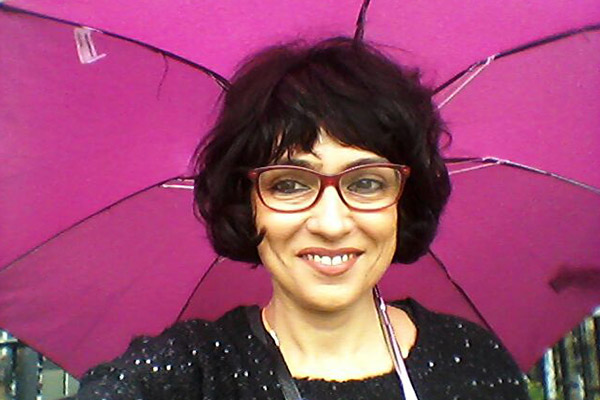
Sabeena Gadihoke is Professor, Video and TV Production, at the AJK MCRC (Jamia Millia Islamia), New Delhi. She is an independent documentary filmmaker and cameraperson with over twenty years of experience. Her film Three Women and a Camera won awards at Film South Asia in Kathmandu (1999) and at the Mumbai International Film Festival (2000); she has shot numerous documentaries as a camerawoman including the much-circulated Tales of the Night Fairies (Shohini Ghosh, 2002).
Sabina is also a photo historian and curator. She has written extensively on Indian photography, and is the author of Camera Chronicles of Homai Vyarawalla (Mapin/Parzor Foundation, 2006/2010). Her more recent publications focus on documentary studies, female stardom and photo history. She has delivered talks and presented papers at many international art colleges and universities.
Her curatorial projects include Light Works, a retrospective of photographs by Jitendra Arya at National Gallery of Modern Art, Mumbai (2017); Inner and Outer Worlds: The Many Lives of Homai Vyarawalla at Sridharani Art Gallery and National Gallery of Modern Art, Mumbai (2015); a retrospective exhibition on Homai Vyarawalla at the National Gallery of Modern Art in Delhi, Bombay and Bangalore during 2010–11; and, as co-curator, an exhibition on photographer Kulwant Roy at the Indira Gandhi National Centre for the Arts, Delhi (2008).
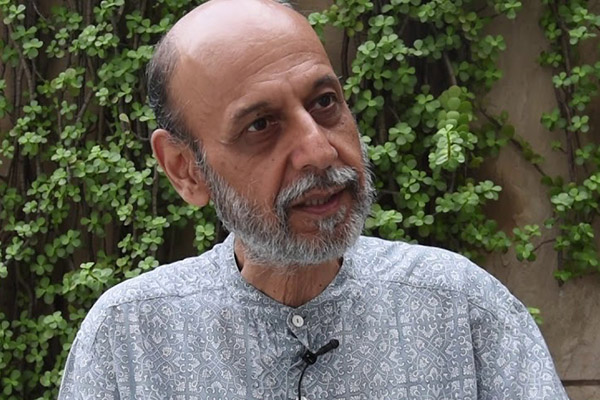
Sanjeev Saith has been associated with photography for the last forty years, initially as an active photographer till 2002, and thereafter as an editor of books, monographs and exhibitions.
His publications as editor/photo-editor include Ronny Sen’s End of Time (Nazar, 2017), Amit Pasricha’s India at Home (Panoramic, 2016), Kanu Gandhi’s Kanu’s Gandhi (Nazar, 2015), Arvind Hoon’s Unsettled Waters (Face North, 2014), Adil Hasan’s When Abba Was Ill (Nazar, 2014), Vicky Roy’s Home Street Home (Nazar, 2013), Mahesh Nair’s Iron Fist, Velvet Glove (Cinnamon Teal, 2011), Prashant Panjiar’s Pan India (Tasveer, 2009), Prashant Panjiar’s King, Commoner, Citizen (India Picture, 2007), and Sonia Gandhi’s Rajiv (Penguin Viking, 1992).
Sanjeev’s interest in photography emerged from his passion for climbing in the Himalayas. As a cameraman on the Indian Everest Expedition in 1984 he shot a documentary film which received the National Award. He later freelanced in travel, development and documentary photography, though it was the Indian street that occupied his evolving idiom. His personal work is in the collections of the National Gallery of Modern Art, New Delhi, the Museum of Modern Art, New York, and Art Heritage, New Delhi, among others. He has exhibited at the Asian Arts Museum, San Francisco, the Photographers’ Gallery, London, and the Theatre Saint Gervais, Geneva. He has lectured and conducted workshops at many institutions across India.
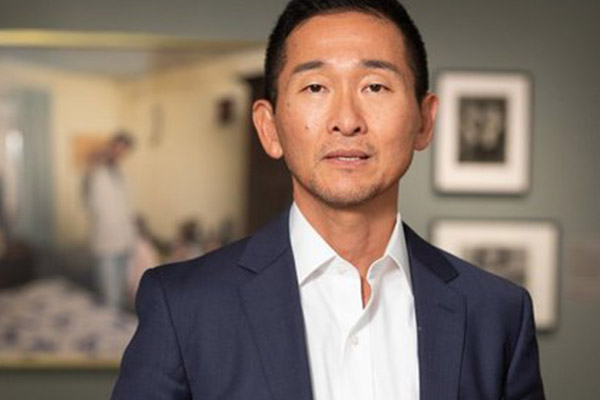
Yasufumi Nakamori (Jury Chair) joined The Minneapolis Institute of Art as the Curator of Photography in May 2016, and oversees the museum’s collections of photography, video and other time-based media. A native of Osaka, Japan, he earned a JD from the University of Wisconsin Law School and practised law in New York City and Tokyo for seven years. After the galvanizing shock of 9/11, he embarked on a study of modern and contemporary art, earning his MA from Hunter College of the City University of New York and his PhD from Cornell University. Prior to joining The Minneapolis Institute of Art, he was the associate curator of photography at the Museum of Fine Arts, Houston, where, in eight years, he organized a dozen exhibitions and brought approximately 700 photographs into the collection.
Yasufumi Nakamori’s exhibitions and books include Katsura: Picturing Modernism in Japanese Architecture, Photographs by Ishimoto Yasuhiro (2010), which received the 2011 Alfred H. Barr Jr. Award for Smaller Museums, Collections, Libraries and Exhibitions from the College Art Association, and For a New World to Come: Experiments in Japanese Art and Photography, 1968–1979 (2015). An expert in post-1945 global art and photography, he has taught East Asian modern and contemporary art and architecture at Rice University and Hunter College, and spoken on the subject at universities and symposiums in Asia, Europe, and the United States.
The Jury Chair was supported by the Japan Foundation, New Delhi.

Announcement of Grantee: 22 December 2017
JURY STATEMENT
The statement of the jury was read in parts by all three jury members.
Yasufumi Nakamori (Jury Chair)
The jury looked at a total of 26 projects, out of which it shortlisted 4 and eventually 3 to discuss at the awards ceremony. It has been a difficult process, but we do feel that there needs to be a much greater engagement with and exploration of the constructed image. This should include not just questions of representation and reflexivity, but also formalistic and conceptual intervention. Given the long history of the documentary as a major defining feature of post-independence Indian photography, this may take time, but we are hopeful that the award initiated by the Umrao Singh Sher-Gil Grant will enable this in the coming years. We enjoyed looking at the work of all 26 candidates and we wish them luck in the future. This now brings us to the winners of the grant for this year and I will let my colleagues read out the citations for the second and first runners up first.
Read by Sanjeev Saith
An archive of Facebook conversations that the artist has with a stranger-friend, Tara. What begins as a casual chat between two photography enthusiasts soon enters a space of intimacy, confessions, distrust and irony, preserved as a bricolage of screen shots. But who is Tara Banerjee … does she exist, or is she a lie on the Internet? The artist travels into the real world to find her.
This project is conceived of as a document that treads the fine line between fact and fiction, the emerging genre known as ‘para-fiction’. The jury was fascinated by the candidate’s exploration of the space between the virtual and the real, of his engagement with performativity in social media, and of his idea and practice of collage as a social critique. Looking for an imagined person in the material world is a brave endeavour. The artist’s desire and search for an ever-elusive character made us wonder, however, what, where and when would be the conclusion of this project, a question to which we could not find an answer. Nevertheless it is a project with a lot of promise and we look forward to seeing how it develops in the future.
We congratulate Chandan Gomes as the Second Runner-up for his project, People You May Know.
Read by Sabeena Gadihoke
An allegorical tale that explores man’s relationship with nature in the face of environmental destruction, located in the Khasi community of Lama Punji in Jaflong, Sylhet, Bangladesh. The story staged in three parts uses fictive elements to track a young boy’s search for a mythical ancient creature rumoured to have the power to restore balance in nature. To save his village, and life as they know it, Arlangki sets out on an adventure of discovery – where he learns more about his people, his land and himself.
The jury was impressed with the maturity of this project and the strong images. Its strength lies in its ability to be located within discourses of activism, discussing issues of marginalization, and giving agency and voice to the affected without using the traditional tropes of the documentary. These are issues relevant globally now. The jury felt, however, that despite the attempt to move towards the realm of myth and story-telling, the photographs were still located within realism. We wonder whether there could be a greater engagement with a poetic, abstract and dream-like imagination. As with the other runner-up, we feel this project has great potential and look forward to seeing how it develops eventually. We would like to congratulate the First Runner-up, Aishwarya Arumbakkam, for her project ‘ka Dingiei’.
Read by Yasufumi Nakamori
The award for this year goes to a two-part performance and photographic project, where the artist wishes to engage in the retelling of mythological narratives from a contemporary perspective. Revisiting the pre-existing oral and visual traditions of the Ramayana, the artist collaborates with and photographs groups of masked dancers in the tradition of the Chhau dance on silver gelatin prints, as well as male and female theatre actors who perform the roles of various characters in the Ramayana on ambrotypes. Paying attention to the genealogy of the two separate processes within photography and their histories, and the two different sets of performative interpretations, the project seeks to reframe the many narratives of the epic. It also aims to create an installation where various photographic images would interact, thereby offering viewers fresh and personal interpretations of the epic by the opportunity to participate by re-sequencing the photographs.
We felt this project was the work-in-progress that would benefit most from this year’s Umrao Singh Sher-Gil Grant for Photography for the following reasons: the artist’s intent to enrich, transform as well as offer a diversity of interpretations of traditional narratives; his interest in both photography and performance; and his attention to and curiosity about the materiality of two distinctly different photographic processes in the age of digital photography, namely ambrotypes and silver gelatin prints. The work is rich because of its fluidity in terms of gender-specific characters, the photographic processes, and the preconceived boundaries between the ‘documentary’ value of photography and performance. The artist’s desire to make the work participatory as it is installed presents a new aspect of photographic art. As jury members, we sense in the project a dynamic ambition to interrogate the medium of photography even as it attempts to revisit the socio-cultural past.
Although there are numerous areas in the project for the artist to still clarify and engage with critically, we felt that the work could take advantage of mentorship and discussions within the SSAF.
We are happy to award the Umrao Singh Sher-Gil Grant for Photography for 2017 to Ashish Sahoo for his project, Narratives-Flux.
